Incredibly Shrinking Production Footprint Is Unifor's Cross to Bear

Detroit Three automobile production will rise 5 percent in the U.S. over the life of the recent four-year UAW contract, with Mexican assembly plants cranking out 11-percent fewer vehicles over the agreement’s lifespan, but there’s little good news for the snowy land north of the U.S. border.
By 2023, Detroit Three production is expected to decline by a whopping 27 percent in Canada, continuing a decades-long trend. Labor contracts expire this year, so what’s a union to do?
For Unifor, the union representing Detroit Three autoworkers in Canada, the list of options is a short one.
Those earlier figures come by way of the Center for Automotive Research, via Automotive News. Last week, the center outlined the increase in labor costs associated with the recently-ratified UAW contracts, with the biggest increase impacting Fiat Chrysler’s bottom line.
Contained within those contracts was big-time spending on American auto plants; similar generosity shown to the future of the remaining Canuck plants might not be forthcoming, leaving Unifor with only workers’ wages to battle over. New product could be too much to hope for.
“They’re going to be looking for guarantees of product, and there’s not much left to guarantee,” Art Schwartz, a labor consultant and former GM negotiator, told AN. “Oshawa is going away; it’s not coming back. That leaves a grand total of four assembly plants for the Detroit 3. That’s it. [Unifor’s] going to try and protect what they have.”
In terms of automotive production, the Detroit Three’s Canadian footprint is meager. Fiat Chrysler operates a minivan plant in Windsor, Ontario, with its Brampton, ON facility continuing to crank out the ancient LX-platform cars. Ford has a crossover plant in Oakville, ON, and, after ceasing production in Oshawa late last year, General Motors is left with its lone CAMI Assembly plant in Ingersoll, ON. That facility builds the Chevrolet Equinox.
If the next four years stand to see Canada lose production volume, it’s no different than the past four. Product dried up in Oshawa long before the plant went dark. GM punted GMC Terrain production southward when the current-generation model debuted. Currently, FCA’s Windsor plant stands to lose the Dodge Grand Caravan this year (with the Chrysler Voyager and a yet-unconfirmed AWD Pacifica inbound), while the Chrysler 300 built in Brampton is living on borrowed time.
Brampton’s product future remains hazy; at last check, the Dodge Challenger and Charger will gain a heavy refresh for 2023, at which time the 300 will begin its dirt nap. Any plant building just cars in this day and age has reason for concern. As for Windsor, the automaker greeted the new year with a two-week shutdown to align production with reduced minivan demand. The automaker’s holding off on a shift cut announced last year.
As reported by Canada’s Financial Post, the plant’s third shift will remain through the first quarter of 202. After that, 1,500 workers could be out of work. At least the looming merger between FCA and France’s PSA Group isn’t expected to result in any North American plant closures, with FCA CEO Mike Manley claiming late last year that a merger would have “no affect on production in Ontario.”
The current labor contracts expire in September 2020.
[Image: Fiat Chrysler Automobiles]

More by Steph Willems
Latest Car Reviews
Read moreLatest Product Reviews
Read moreRecent Comments
- Brendan Duddy soon we'll see lawyers advertising big payout$ after getting injured by a 'rogue' vehicle
- Zerofoo @VoGhost - The earth is in a 12,000 year long warming cycle. Before that most of North America was covered by a glacier 2 miles thick in some places. Where did that glacier go? Industrial CO2 emissions didn't cause the melt. Climate change frauds have done a masterful job correlating .04% of our atmosphere with a 12,000 year warming trend and then blaming human industrial activity for something that long predates those human activities. Human caused climate change is a lie.
- Probert They already have hybrids, but these won't ever be them as they are built on the modular E-GMP skateboard.
- Justin You guys still looking for that sportbak? I just saw one on the Facebook marketplace in Arizona
- 28-Cars-Later I cannot remember what happens now, but there are whiteblocks in this period which develop a "tick" like sound which indicates they are toast (maybe head gasket?). Ten or so years ago I looked at an '03 or '04 S60 (I forget why) and I brought my Volvo indy along to tell me if it was worth my time - it ticked and that's when I learned this. This XC90 is probably worth about $300 as it sits, not kidding, and it will cost you conservatively $2500 for an engine swap (all the ones I see on car-part.com have north of 130K miles starting at $1,100 and that's not including freight to a shop, shop labor, other internals to do such as timing belt while engine out etc).




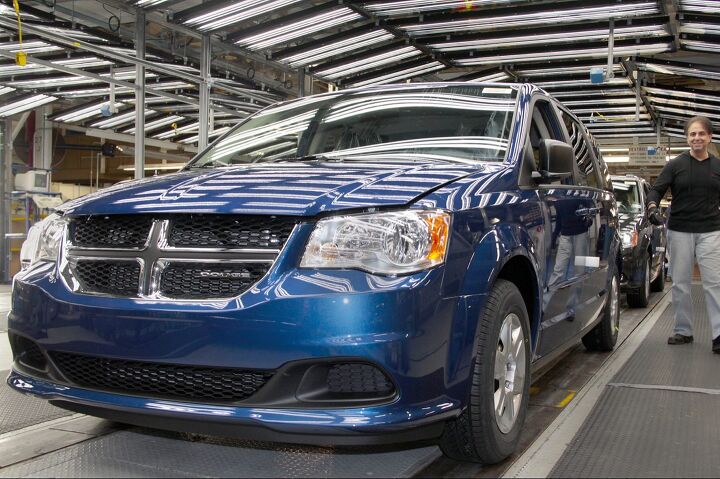

















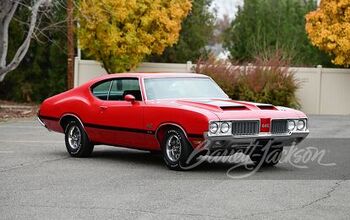


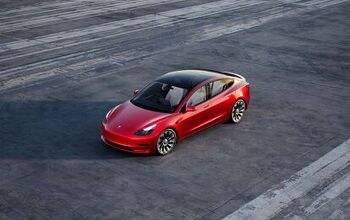
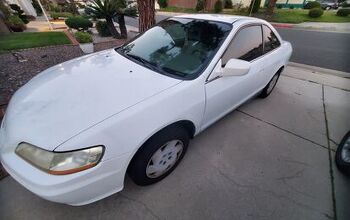

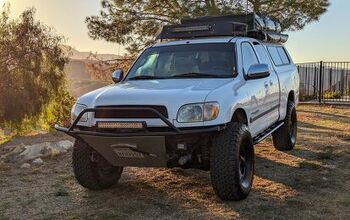
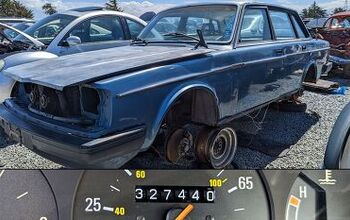

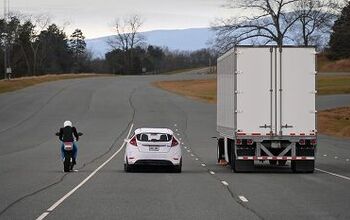

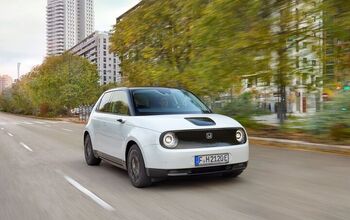
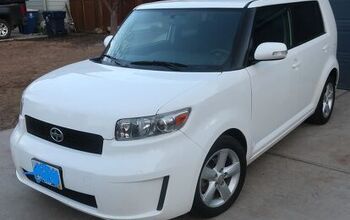
Comments
Join the conversation
All great, but the technology is a failure as it does not deliver the expected fuel economy benefit. The reviews are in , at least in Europe, and economy is only comparable to the competitors turbo engines but the lack of low down and mid range torque is a huge hit to driveability.
One thing I didn't see mentioned. The UAW agreed to "two tier" wages. So you had 2 workers doing the same job: One was paid $30, the other $18 max. This significantly reduced US labor costs. This was the UAW's way of 'protecting' the wages of the workers who were at GM and Chysler before these companies failed. This reduced hourly US costs. My understanding is Unifor would not agree to 2-tier wages. That's probably the biggest factor in the decline of Detroit Three production. The Federal/Provincial incentives may not be as generous as the US/Mexico. So, despite the fact that (at least for GM's plants) the Canadians did a superlative job, the bottom line is...the bottom line. IN GM's case, Canada and Ontario also helped bail out GM. In return, GM did what it promised--very little more. Now, in the US, the 2-tiers are narrowing considerably, since the 2-tier system was one of the big irritants that led to the GM strike. So, it would seem that Unifor was correct on principle. (I think Unifor still allowed temporary workers for less, as did/does the UAW. But after X days or months, they must be hired, or they must be let go for Y days or months before being brought back) The net effect of Detroit's diminishing footprint will be an ever bigger presence of Asian vehicles north of the border.